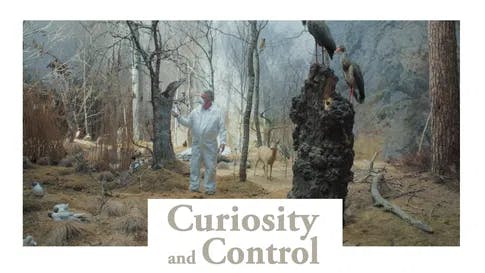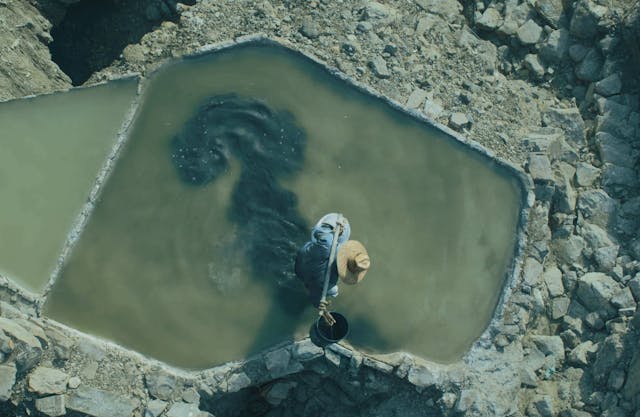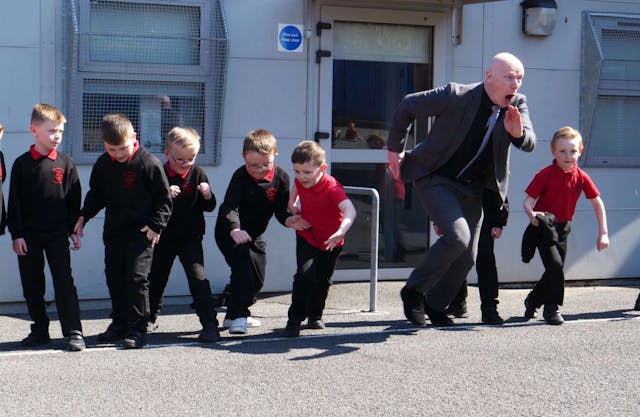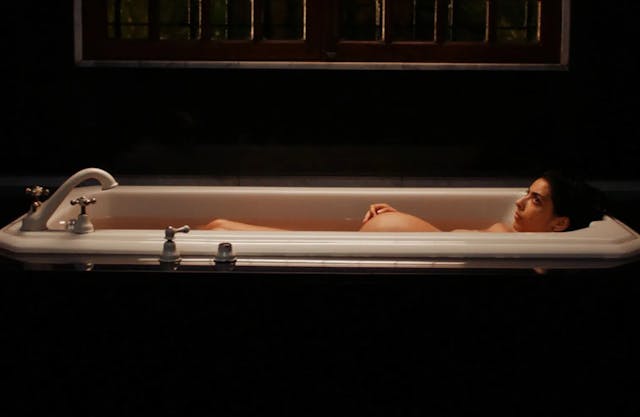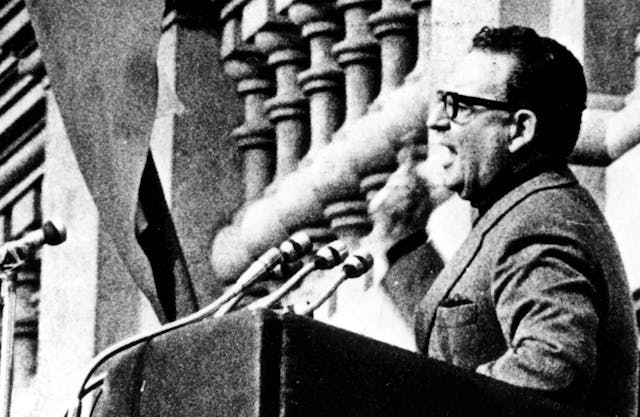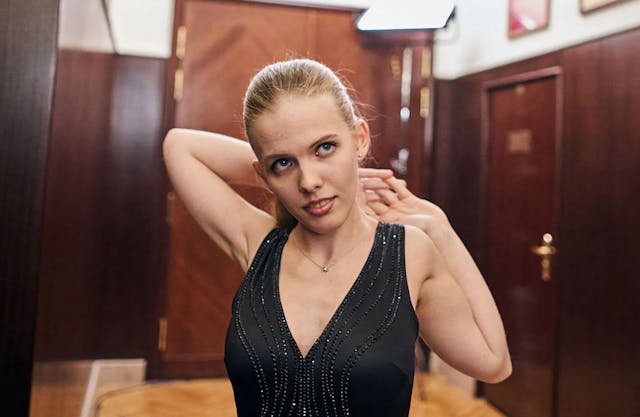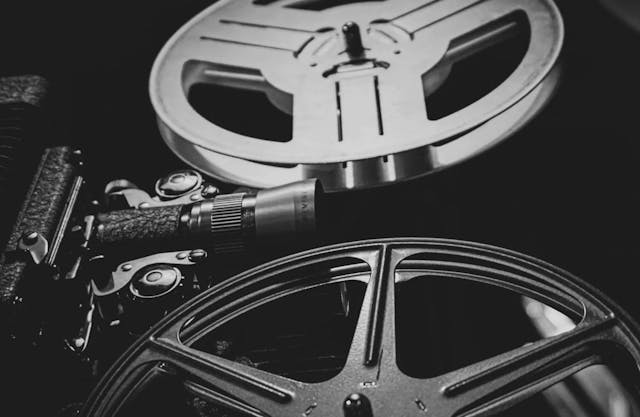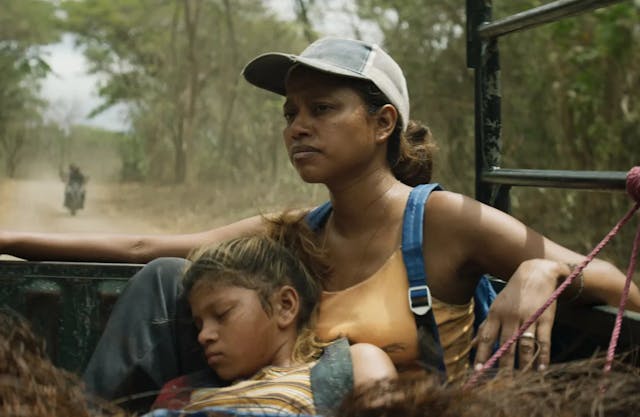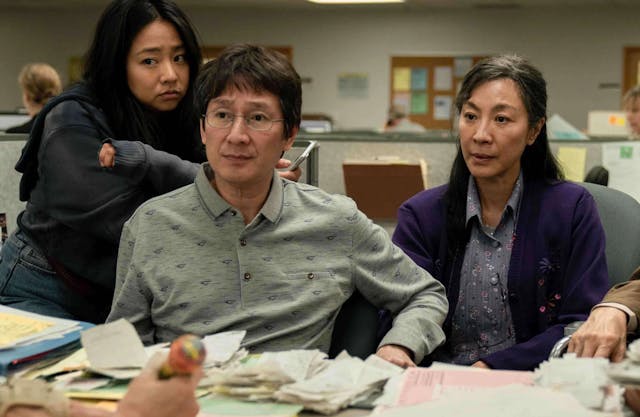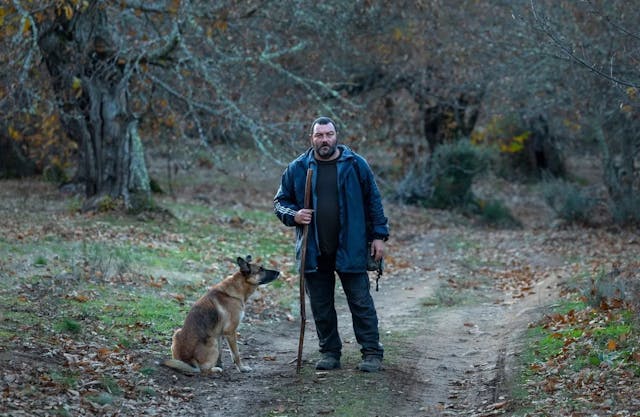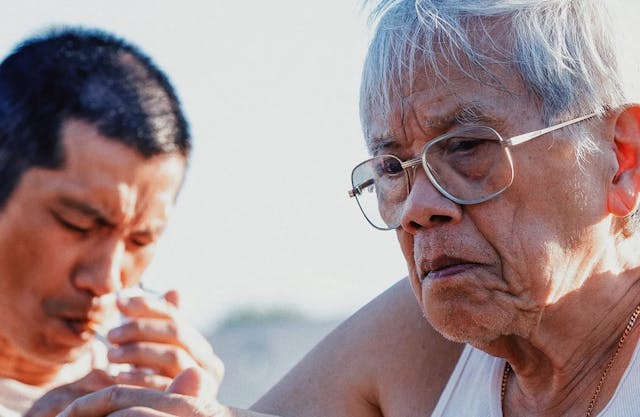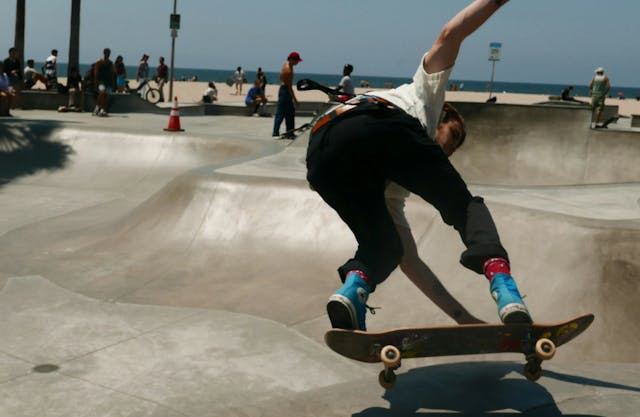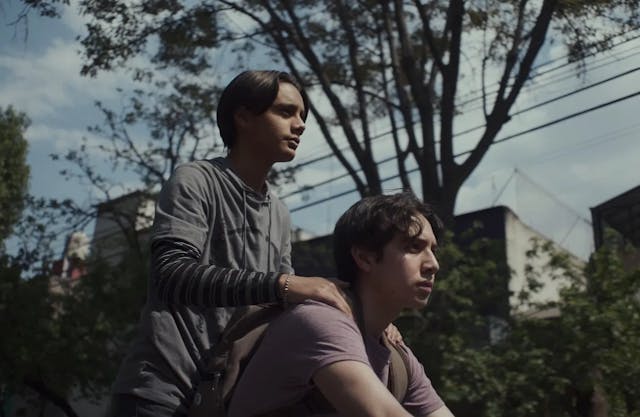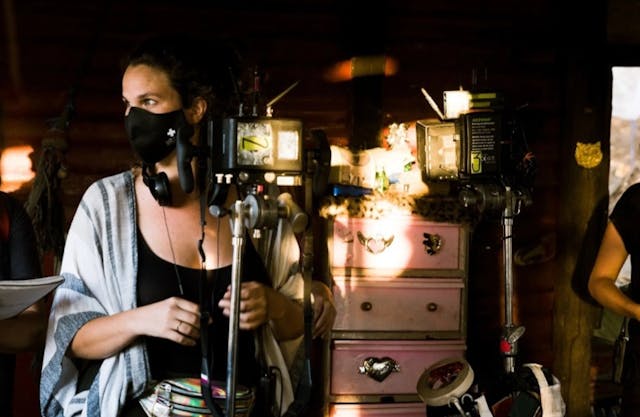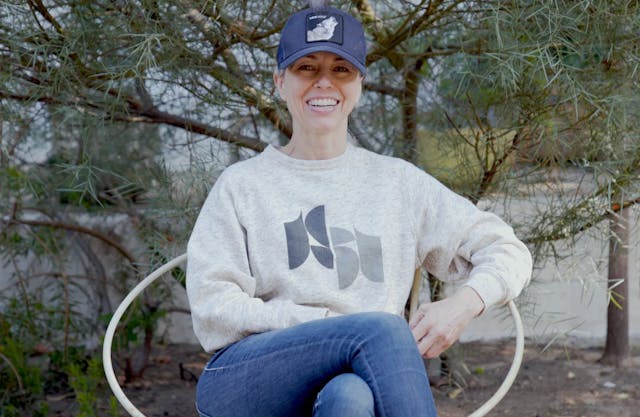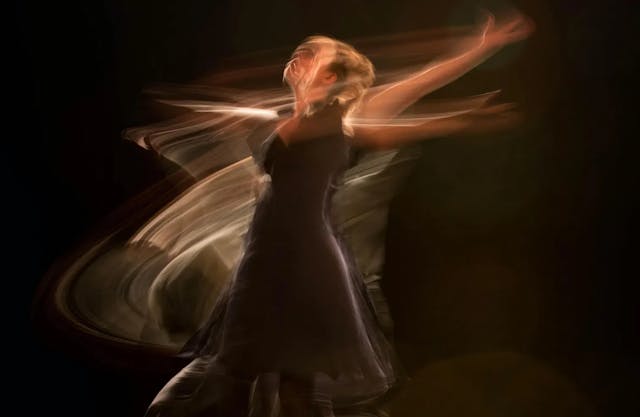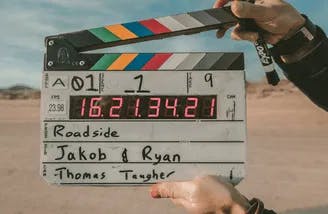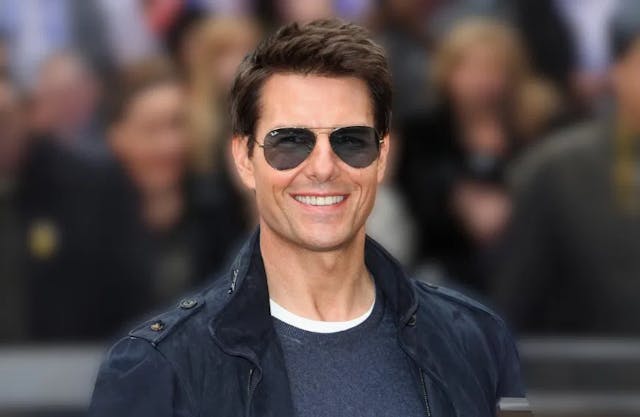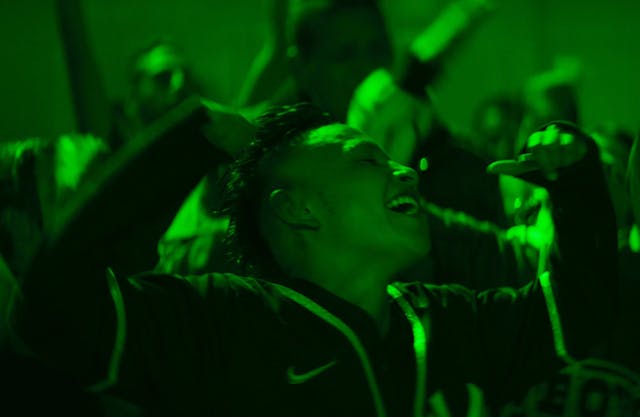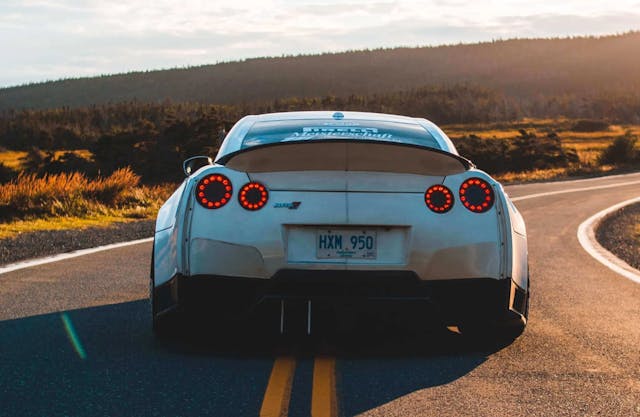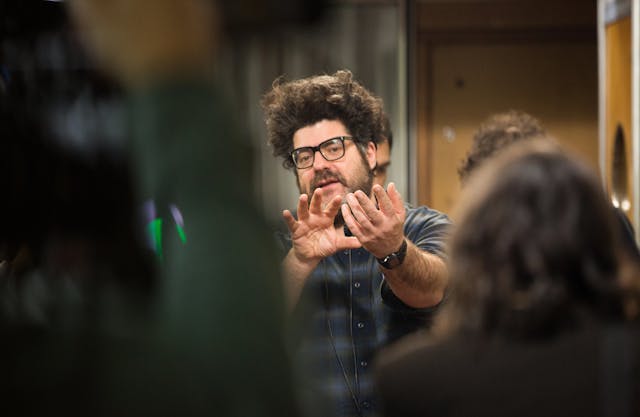Behind the Screen With Film Production Insider Matthew Boda
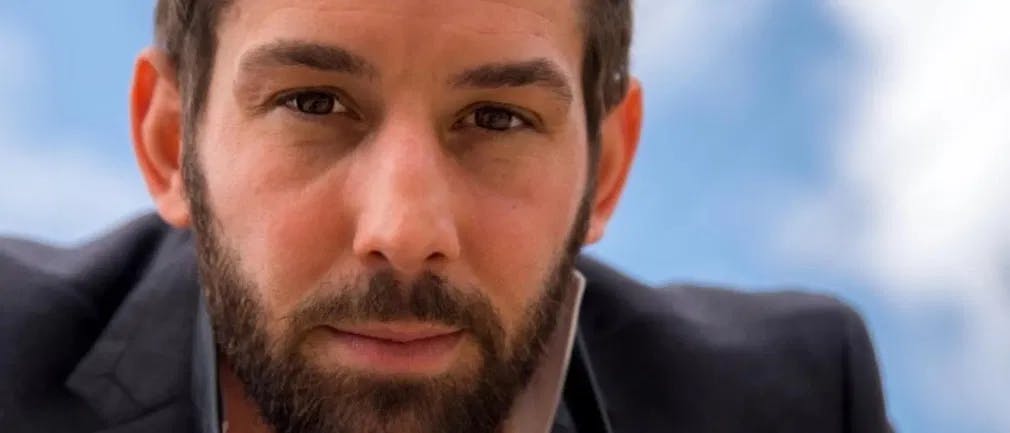
Matthew Boda is a writer, director, and producer known for various films such as Rise: The Artist Within, Cole & Colette, and Blood Sweat & Years, among others. In addition, Boda runs Absurd Hero Productions, a film production company in Los Angeles, and Get It Made, a film incubator that focuses on producing proof-of-concept films that showcase the potential of full-length screenplays. As a member of the International Alliance of Theatrical Stage Employees, IATSE, Boda also has multiple credits on some of Hollywood's biggest productions.
Interview With Writer, Director, and Producer Mathew Boda
In this interview, Matthew shares with us his beginnings, career challenges, motivations, and the passion that led him to excel in his profession.
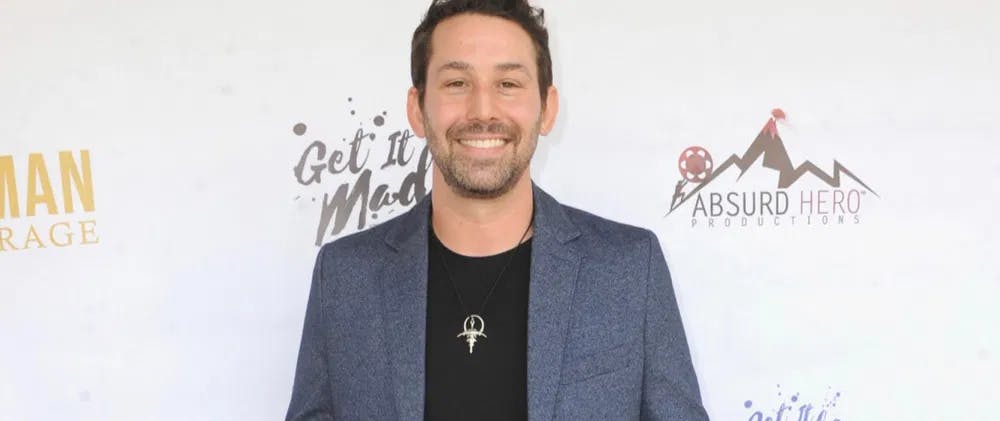
What is your background as a director?
My career as a director started in my small hometown. It began with a makeshift fundraising campaign where I asked many of my friends’ parents if they could donate some money to help me make this movie. I also went online and obtained references from people I knew who were somewhat involved in the video world, but not so much in the film production world. I eventually scrounged together a tiny amount of money with which I took a stab at writing, directing, and producing this movie called The Real Within, which is probably the worst movie ever made in cinema history, but I did my best.
I was only 19 years old, so it was pretty disjointed. It was a personal film that came from the school of thought that you should write what you know—in other words, that I know best about myself or my own emotions. But often, if you don't do it right, it can come off as self-serving or cringeworthy. I see a lot of movies that people make about themselves, but it often feels like the writer is making the viewer sit down as he emotionally vomits. My first attempt at directing was like that, yet in my opinion, you have to initially fail to succeed. After that movie, I developed a love for the whole process of film production and learned how to do everything out of the necessity to get it done.
Eventually I found my way to Los Angeles, where I worked in a lighting studio; I had to ride my bike 16 miles daily to work but after four months, I got into a union in the lighting business. The union is called Local 728 for studio electrical lighting technicians, which I'm still in today. That changed my whole life.
I began making $500 a day with full health insurance, so I could actually set up in a house rather than move around all the time. I had roommates, but at least I could afford my own place and make it comfortable. Then, I would go to work on set and was lucky enough to be involved in all the biggest movies and TV shows in town; I think the only reason I was invited to do those big projects was that I had a servant's mentality. I would go to work and say, "yes sir," "no sir," and "how can I help?" I would do extremely hard jobs, working shamelessly all day between all these different assignments so that I could pay for my car, house, food, and then take what was left over to pay for my own movies.
I think that was one of the biggest reasons I eventually became a director; I eventually amassed an impressive portfolio to have people hire and pay me to direct their stuff.
That's the background into how I became a director, by using my own money to direct and then hire professionals to assist me on projects. I was initially boots on the ground, working hard for others in supporting their films.
Where did the inspiration come from?
To answer this question, I know this amazing man named Tommy Hollenstein who the movie "Rise The Artist Within" is about. I met him through a bunch of meditation groups, since L.A.'s pretty hippie dippy. So, I went to this meditation group and met Tommy there; his method of speaking and faith in God was inspiring, so I walked up, met him, and we started talking and hanging out. Tommy told me that when he was 24, he got in a bike accident and broke his neck. I couldn't believe it, nor could I imagine living my life with that disability. I knew him for 13 years before I finally approached him and said, "Hey, I would love to make a documentary about you." Many people had tried, as he had been interviewed multiple times and even told his story to the news. However, they were not real filmmakers, so a lot of the reenactments they staged were from stock footage which just didn't have any soul. So I said, "Hey Tom, you know, here's a bunch of my work that I've done; I've got a film production company, Absurd Hero Productions, and I think that I could do a great cinematic job at retelling your story." The inspiration for the film was knowing him personally and being able to tell how he would rise to the occasion every day. If you watch the movie, there's a part where you see how it takes him almost two hours every morning to get out of bed and get dressed, because these machines lift him out of bed. He also has a caretaker who washes and dresses him before setting him into his chair to start the day. It's an almost two-hour process every day yet he gets up, has a life and enjoys himself, and I just thought, wow, that is one of the most inspiring things I've ever seen.
What was the biggest challenge you faced during the production of the film?
Well, it was a cinematic documentary, so there were interview portions of the film with Slash from Guns ‘N Roses and Davey Johnstone, who is Elton John's guitar player. Those were easy, since I would simply pack up my gear, organize my camera crew, go to their house, set up the lights and talk to them; they would speak to me off-camera, which is the bedrock of the movie that helps tell the story. I spoke to Tommy through beautiful interviews shot on a cinematic camera, which looked really fine after I pieced them together.
However, the movie is not just about interviews; there’s another level to it. Luckily for me, I had around eight years' worth of footage that people had taken of him on cell phones, so I used a lot of that home footage to cut away from the talking heads in the interviews. This gave it another layer, but to add yet another layer I constructed a bunch of cinematic reenactments. Probably the most challenging part of the production was filming the actual reenactment of the bicycle crash that changed his life forever. I hired an actor that looked like Tommy when he was 24, then had Tommy show me exactly where and how the accident occurred. Tommy still had the bicycle that he crashed on, which was in perfect condition at his dad's house. We got that bike and then had the actor drive it down the same route that Tommy took on that fateful day. We followed him by putting the camera on a car in time coming down the road, flying a drone as he was going across the lot and otherwise filming the bike ride cinematically. We had the actor do it at least seven different times on many other streets, in order to obtain all these different angles.
What do you hope to explore or challenge you in future films?
I'm hoping that my challenges can decrease throughout my filmmaking career. Honestly, I've dealt with not having enough money to do the job that I know I can do, so my hope in the future is that I get bigger budgets to attract even bigger, more experienced filmmakers to help control the shooting environment.
When you're shooting a film, the money that you have goes toward controlling your environment. For example, if you want to shoot a car chase, you must have a bunch of money to pay the city to shut down a certain portion of the street and then have police officers make sure no other pedestrians or cars get in the way. The scene also requires stunt drivers and other things to make it look exciting; since there are all these elements going into controlling the environment during the shoot, I hope that soon I'll be able to obtain bigger budgets, to give me one-hundred percent control when I'm shooting. In terms of challenges, I’d like to work with bigger actors. I've worked with some amazing actors in the past and since I've acted a few times myself, I know what I'm asking my actors to do.
Watch “Curiosity and Control”
A documentary that explores our complex relationship with nature itself and our contradictory behavior of caging what we fear may be lost.
Stream NowWant to get an email when we publish new content?
Subscribe today